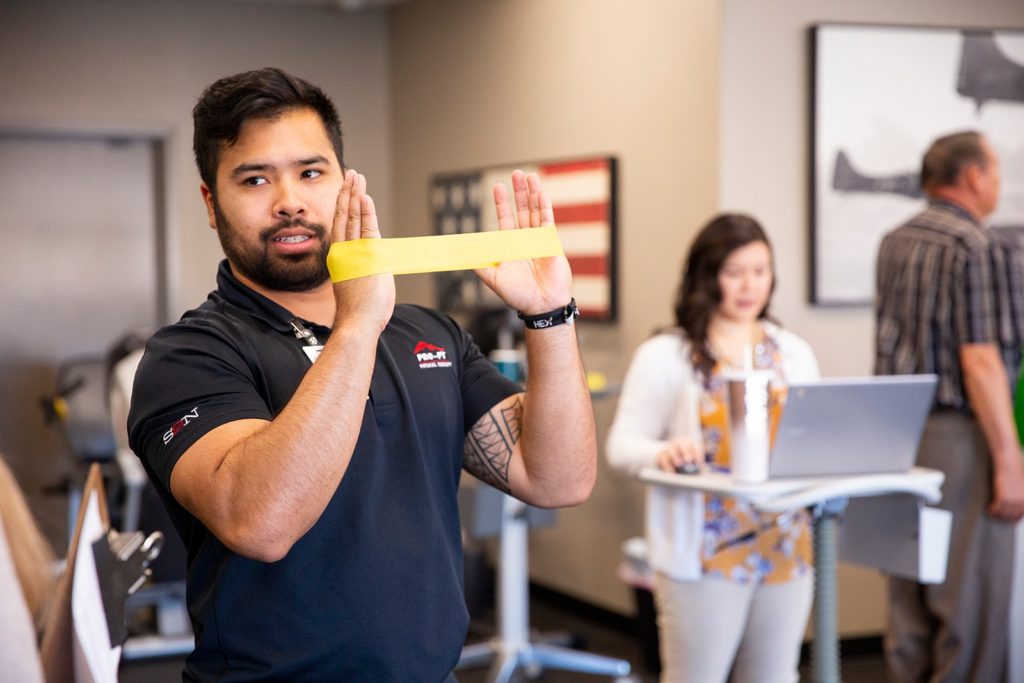Understanding Common Sports Ailments and Efficient Recovery Strategies aimed at Athletes
Understanding Common Sports Ailments and Efficient Recovery Strategies aimed at Athletes
Blog Article
Sports traumas are frequent among sportspeople of all age groups and proficiency levels. These injuries can happen in multiple forms, including ligament injuries, muscle injuries, fractures, and tendon inflammation. Understanding the types of traumas that can happen during athletic events is essential for not only prevention and treatment. Sprains, for example, entail the stretching or rupturing of connective tissues, which connect skeletal structures at a joint. Strains, on the contrary hand, affect muscle tissues or tendons, which attach muscle tissues to bones. Identifying these injuries promptly can help athletes obtain appropriate treatment and come back to their sport more rapidly.
One of the most commonly seen traumas in sports is the foot sprain. This trauma often happens when an athlete touches down awkwardly or rotates their ankle during a match. Symptoms of an ankle sprain include discomfort, swelling, and trouble walking. Prompt treatment typically includes the R.I.C.E. method, which represents for Rest, Cooling, Compression, and Lifting. This approach aids reduce swelling and discomfort. In more serious cases, rehabilitative therapy may be required to restore power and flexibility to the foot before returning to athletics.
Another common trauma is a muscle injury, which can occur in all sport that demands sudden actions or heavy lifting. Athletes may suffer a muscle injury when they stretch a muscular tissue too far or when they exert too great force. Signs include sharp discomfort, swelling, and muscular contractions. Rehabilitation for muscular strains often entails gentle flexibility exercises and strengthening workouts. Gradually increasing exercise levels is crucial to avoid re-injury. Athletes should collaborate closely with a rehabilitative specialist to develop a secure and effective recovery plan.
Tendonitis is another trauma that can why not look here impact sportspeople, particularly those who engage in frequent movements, such as joggers or aquatic athletes. This condition happens when a tendon structure, which links muscular tissue to skeletal structure, gets inflamed. Common areas affected by tendonitis include the arm, upper arm, and leg. Signs often include discomfort and stiffness, especially during movement. Treatment for tendon inflammation usually includes recovery, ice, and anti-inflammatory medications. In certain situations, physical therapy may be recommended to enhance mobility and strength in the affected area.
Avoiding athletic injuries is just as important as addressing them. Athletes can minimize their risk of injury by warming up properly before events, using the appropriate equipment, and maintaining good fitness shape. Strength training and stretching exercises can help prepare the physique for the requirements of sports. Additionally, athletes should pay attention to their physical condition and allow breaks when needed. By comprehending frequent sports traumas and applying effective recovery plans, athletes can stay fit and participate in their favorite sports for a long time to follow.